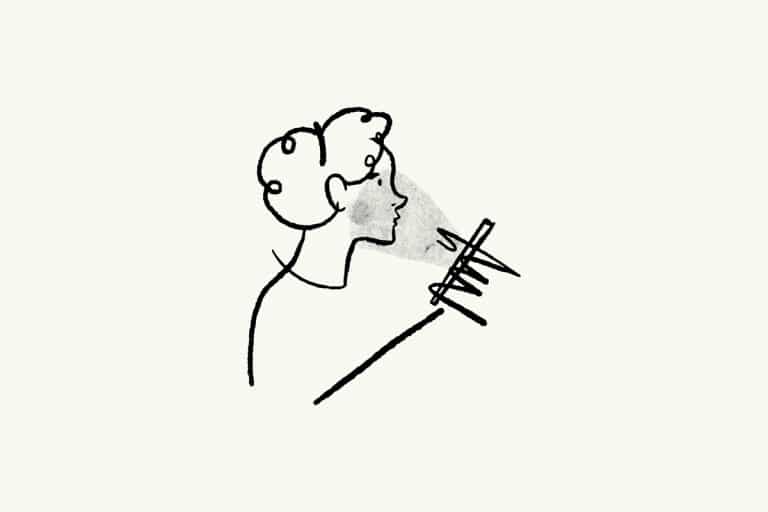How Twitter users have mastered the art of the subtweet against governmental incompetence

You might recognise Susie Dent from Dictionary Corner—for those unfamiliar with her work, she’s probably the country’s most famous lexicographer, having been the resident word expert on Channel 4’s Countdown for several decades.
For the past year or so (since the 2019 election, really) Dent has regularly been going viral on Twitter for her subtle digs at both British and American governments. She has, it seems, mastered the art of the political subtweet: more often than not, her word-of-the-day tweets seem to somehow relate to governmental incompetence.
“Aristocracy, before embracing the elite, first meant government by the best of citizens (from the Greek ‘aristos’, ‘best’),” she tweeted last summer. “Government by the worst people, on the other hand, is kakistocracy.” The noun ‘subtweet’ has in fact made it into the dictionary: “(on the social media application Twitter) a post that refers to a particular user without directly mentioning them, typically as a form of furtive mockery or criticism.”
Snollygoster—“one who abandons all integrity in favour of power”—coincided with Rudy Giuliani’s final descent into Trump-induced paranoia. Dent chose mumpsimus, “someone who refuses to budge/insists that they are right, despite clear evidence that they are wrong,” when we were all working through Dominic Cummings’ infamous Barnard Castle adventure.
This is the art of the subtweet: to renounce such criticism would mean first identifying with it. It’s one thing when it’s purely personal, tweeting about an ex, for example, where context is key. But subtweeting can also work as a communal criticism, reflecting the consistent malaise we find ourselves in amid consistent governmental incompetence and a total lack of accountability.
Remember when the US President mused on the possibility of injecting bleach to fight COVID-19? Perhaps more of us needed to know the word “ultracrepidarian”—“one who consistently offers opinions and advice on subjects way beyond their understanding.” Dent has often taken aim at former President Trump. On the day of the 2020 presidential election, she taught us the meaning of “empleomania”—“the overweening and manic desire to hold public office, at any cost.” And, once the result had, finally, been called for Biden, we were all able to “suspire,” that is “to (finally) breathe out.”
On Trump’s final day in office, she reminded us of the 17th century verb “to exsibilate”: to hiss a poor performer off the stage. She wasn’t the only one taking to Twitter to celebrate his long-awaited departure from the White House. The legendary Nigella Lawson chose as her recipe of the day her Bitter Orange Tart. While Trump was certainly the first two, despite his five children from three marriages, I’m not sure he quite qualifies as a tart.
If anyone says "Given the last few years, are there any things that still make you proud to be British?" I have to reply, "It's a dwindling list, but Nigella Lawson calmly choosing Bitter Orange Tart on the day Trump leaves office would be one of them." https://t.co/JTAR5pZWR7
— Caitlin Moran (@caitlinmoran) January 20, 2021
Meanwhile, Greta Thunberg once again proved that she knows how to rile former-President Trump. She took to Twitter—one of many platforms Trump no longer has access to—to wish him well with her signature savage wit: “He seems like a very happy old man looking forward to a bright and wonderful future. So nice to see!” As she did a few months ago, she reworded one of his own tweets aimed at her, way back from sixteen months ago, when the President of the United States would tweet angrily at a child for fun. “Well played,” replied Trump’s niece, Mary L. Trump.
He seems like a very happy old man looking forward to a bright and wonderful future. So nice to see! pic.twitter.com/G8gObLhsz9
— Greta Thunberg (@GretaThunberg) January 20, 2021
Sometimes, though, Dent simply represents the communal mood, particularly in lockdown. After the announcement of Tier 4 back in December, effectively cancelling Christmas for millions, she dug out the 17th-century “latibulate” meaning “to hide oneself in a corner in an attempt to avoid reality.” On New Year’s Day, we had “crambazzled,” “19th-century Yorkshire dialect for looking prematurely aged from excess drinking.”
Word of the day (on repeat) is the 17th-century ‘latibulate’: to hide oneself in a corner in an attempt to avoid reality.
— Susie Dent (@susie_dent) December 20, 2020
For anyone genuinely interested in quirky, funny etymologies, I also recommend Miss PunnyPenny. She regularly posts the history of different Scots words, which seems particularly relevant in the week of Burns Night, from mixtie-maxtie—“jumbled up, higgledy-piggledy, heterogeneous”—to whigmaleerie, “something whimsical or fanciful, either abstract or concrete.” Her accent is infectious and her videos are equally educational and entertaining.
Like Dent, she demonstrates the power of words and their histories—to educate, to entertain, to throw shade with nothing more than a definition. They also help us feel connected, give little sparks of joy, and prove that Twitter can be a place to escape and learn—although it does sometimes seem as if politics is inescapable there…




